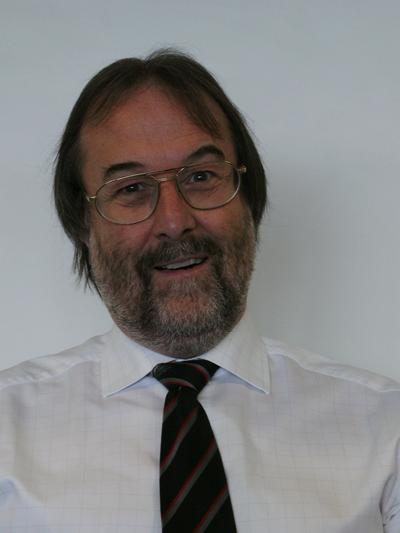Emeritus Professor David Coggon OBE, MA, PhD, DM, FRCP, FFOM, FFPH, FMedSci
Professor of Occupational and Environmental Medicine

- Related links
Professor David Coggon is Professor of Occupational and Environmental Medicine within Medicine at the University of Southampton.
David Coggon is Professor of Occupational and Environmental Medicine at the MRC Lifecourse Epidemiology Unit, University of Southampton. He graduated in mathematics and medicine from Cambridge and Oxford Universities, and after hospital jobs in internal medicine, he joined the MRC as an epidemiologist in 1980. His main research interests are the relation of work to musculo-skeletal disorders, the risks from chemical hazards in the workplace, and cultural and psychological determinants of illness attributed to occupational hazards.
He has also had a major role in the translation of research into policy. He currently chairs the Committee on Toxicity (FSA/HPA) and is a member of FSA’s General Advisory Committee on Science. In the past, he chaired the Advisory Committee on Pesticides (DEFRA), the Depleted Uranium Oversight Board (MOD) and the Mobile Telecommunications Health Research Programme Management Committee (DH), and was a member of the Advisory Group on Non-ionising Radiation (HPA), the Panel on Plant Protection Products and their Residues at the European Food Safety Authority, the Industrial Injuries Advisory Council (DSS), the Stewart Committee on mobile phones (DH), and the Expert Panel on Air Quality Standards (DoE). He was a founder Fellow of the Academy of Medical Sciences in 1998, and was awarded an OBE in 2002 for services to the Industrial Injuries Advisory Council.
He is an honorary Consultant Occupational Physician at Southampton University Hospitals NHS Trust, and from 2008-11 was President of the UK Faculty of Occupational Medicine.
Qualifications
BA, Mathematics and Medical Sciences, University of Cambridge (1972)
MA, Mathematics and Medical Sciences, University of Cambridge (1976)
BM BCh, Medicine, University of Oxford (1976)
MRCP (UK), Royal Colleges of Physicians (1978)
PhD, Medicine, University of Southampton (1984)
AFOM, Faculty of Occupational Medicine (1985)
MFOM, Faculty of occupational Medicine (1987)
FRCP, Royal College of Physicians of London (1992)
DM, Medicine, University of Oxford (1993)
FFOM, Faculty of Occupational Medicine (1993)
FFPH, Faculty of Public health (2005)
Appointments held
House Physician, Professorial Medical Unit, Royal South Hants Hospital, Southampton, 1976
House Surgeon to Mr. L.J. Lawson, North Staffs Royal Infirmary,
Stoke-on-Trent, 1976-77
SHO in Medicine, City Hospital, Nottingham, 1977-78
Registrar in Medicine, City Hospital, Nottingham, 1978-80
Clinical Scientist, MRC Environmental Epidemiology Unit, University of Southampton, 1980-97
Professor of Occupational and Environmental Medicine, MRC Lifecourse Epidemiology Unit (previously known as MRC Environmental Epidemiology Unit and then MRC Epidemiology Resource Centre), University of Southampton, 1997–present
Honorary Consultant Occupational Physician, Southampton University Hospitals Trust (previously Southampton Health Authority), 1987–present